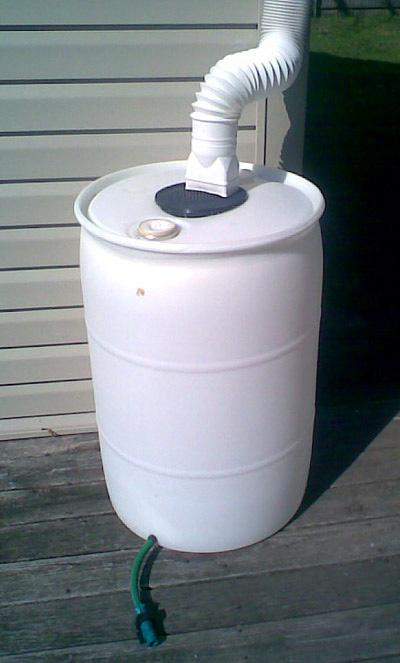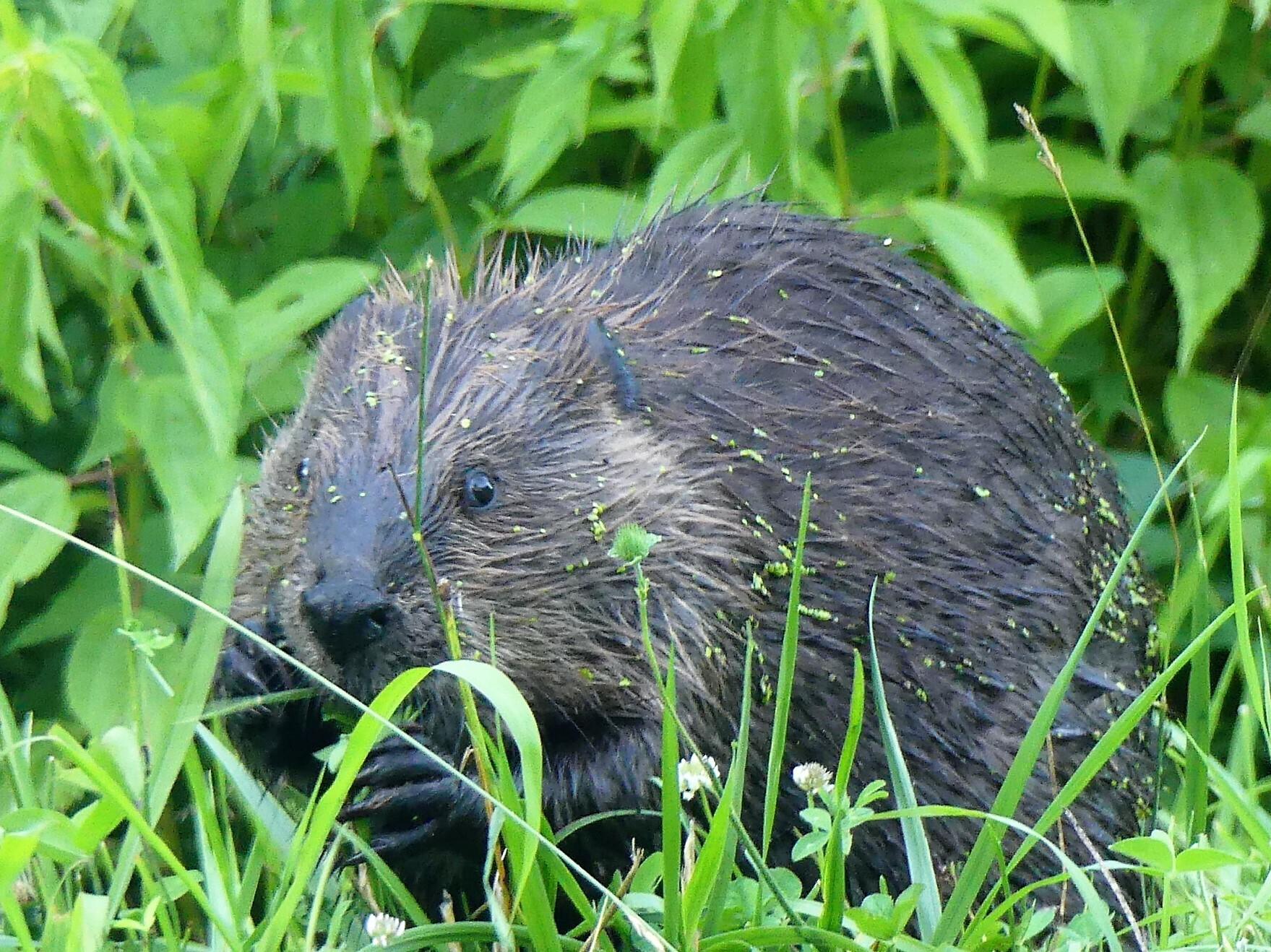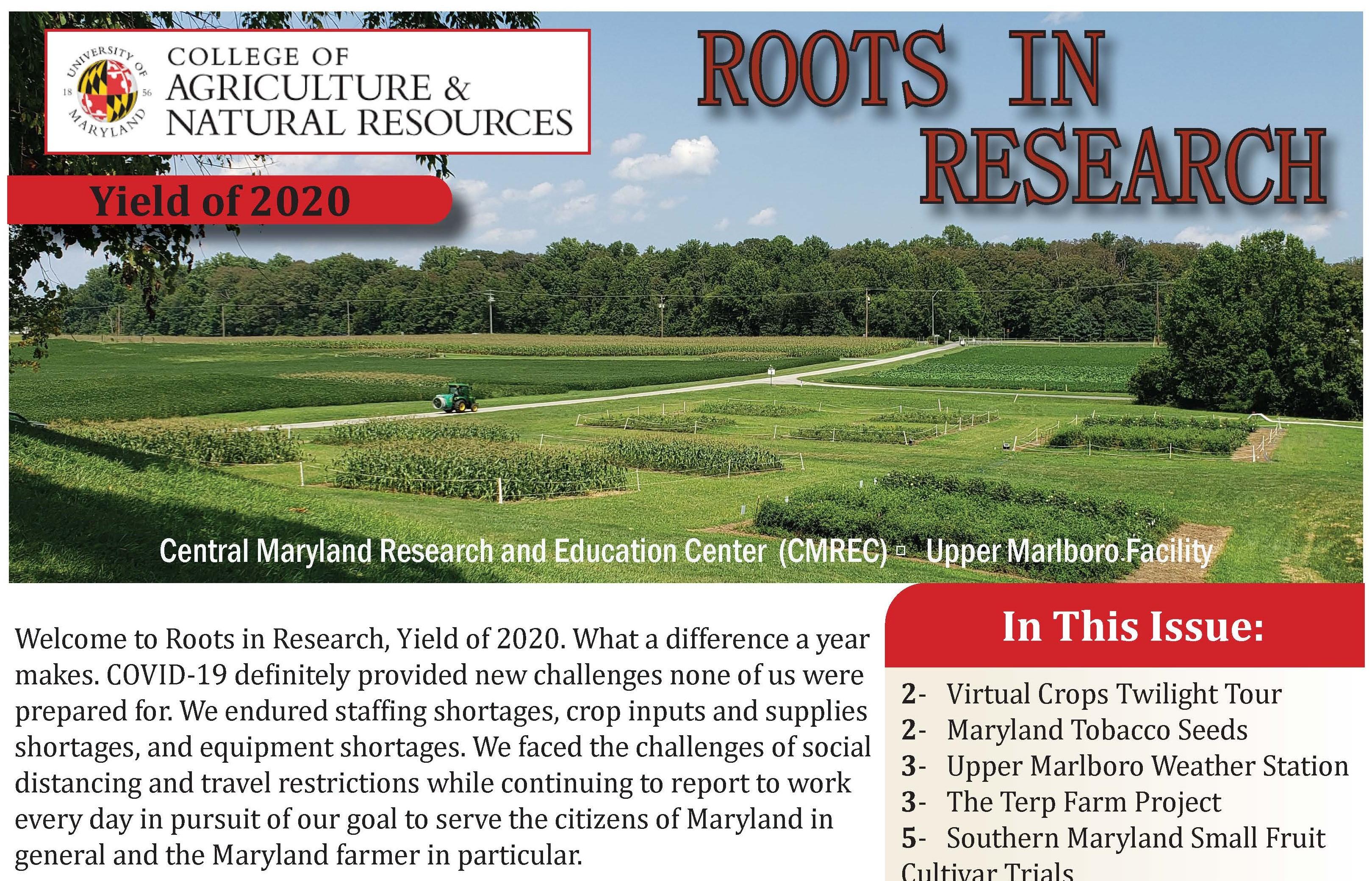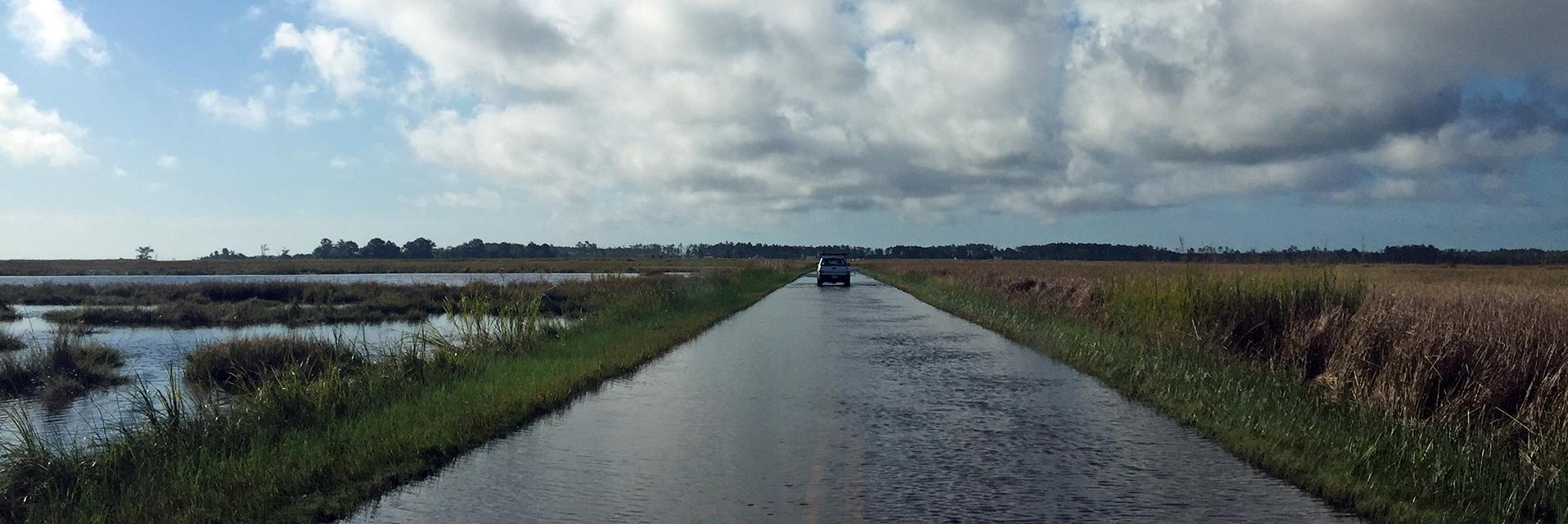Updated: April 12, 2023
Watering Seeds of Change with Rainwater (FS-1123)
This fact sheet describes an innovative rainwater harvesting system used to irrigate produce at the Religious Coalition for Emergency Human Needs's garden in Frederick, Maryland. The rainwater harvesting system has diverted stormwater, increased food security, and improved well-being in the community. Authors: Mayhah Suri and Dr.Rachel Rosenberg Goldstein; Title: Watering Seeds of Change with Rainwater (FS-1123)
Updated: August 19, 2022
What Happens after Phragmites is Killed? (EBR-59)
Non-native Phragmites australis can negatively impact wetlands by altering hydrology, displacing plants and animals, and increasing fire potential. Researchers are trying to understand if eradicating Phragmites without replanting the marsh with native plants can result in negative impacts to the marsh. Authors: Eric Buehl, Andrew Baldwin, Sylvia Jacobson, Karin Kettenring, Melissa McCormick, Dennis Whigham; Title: What Happens after Phragmites is Killed? (EBR-59)
Updated: July 29, 2022
With Buildings Preparing to Reopen, It’s Time to Think About Stagnant Water and Health Risks (EBR 2020-0542)
This is an infographic increasing awareness of potential water quality and health risks (lead, copper, and Legionella bacteria) associated with reopening buildings that have been closed for an extended period. Authors: Andrew Lazur and Rachel Rosenberg Goldstein; Title: Think About Stagnant Water and Health Risks (EBR 2020-0542)



